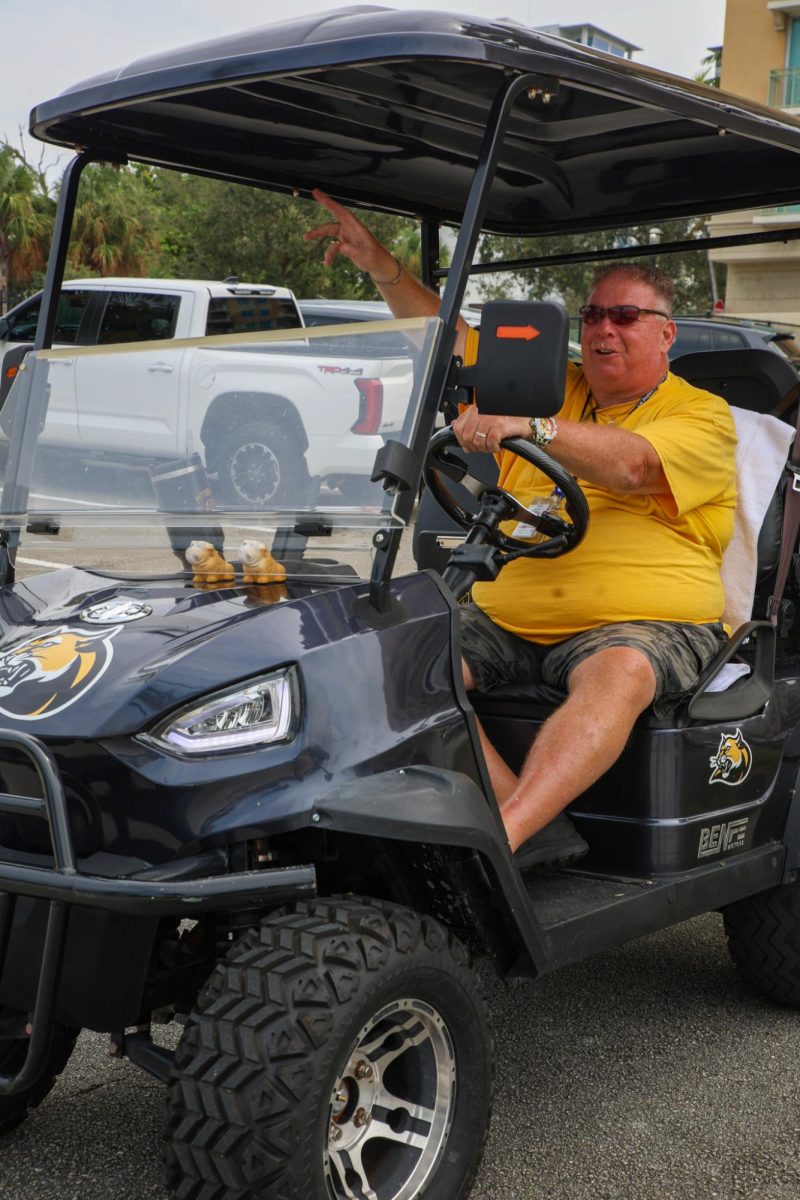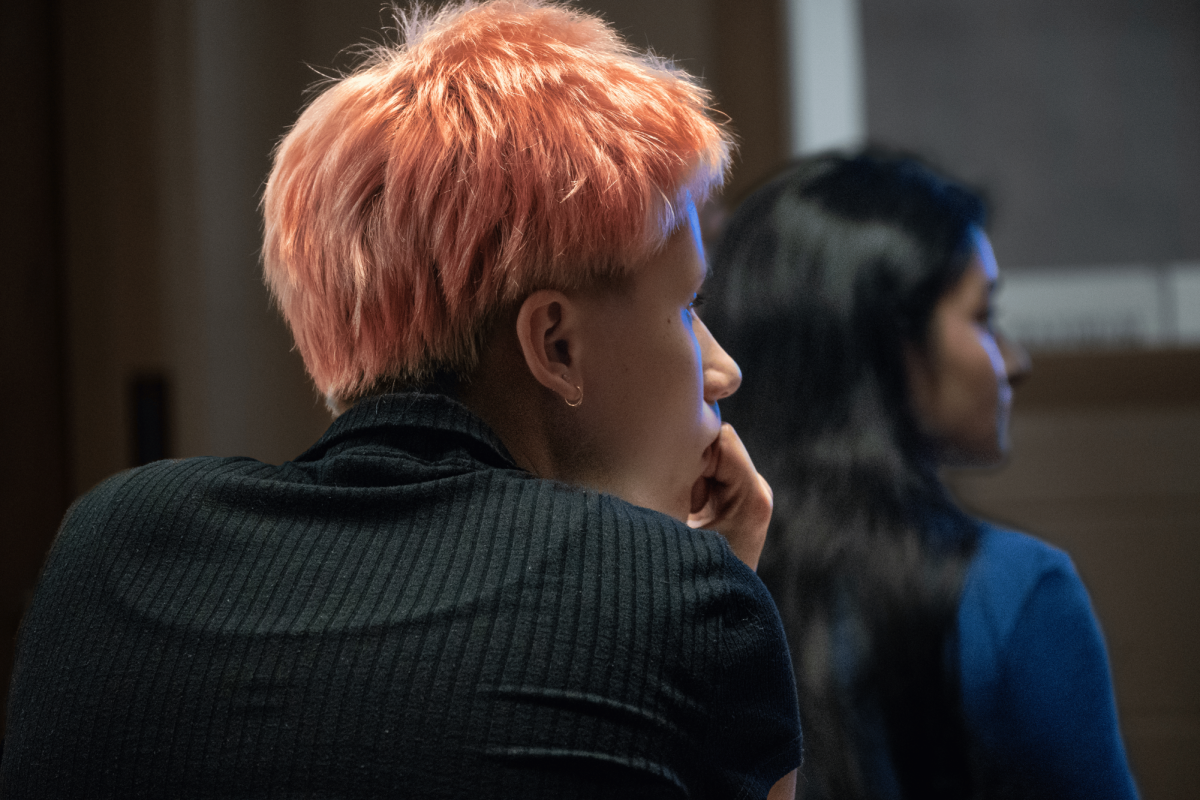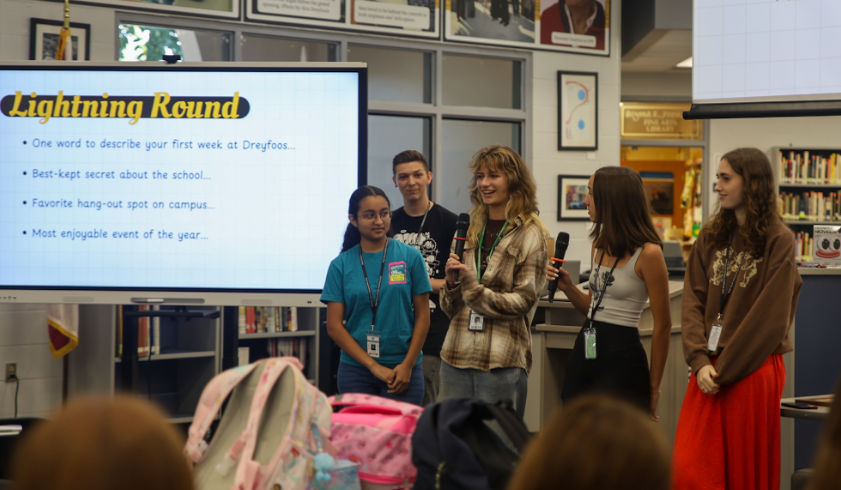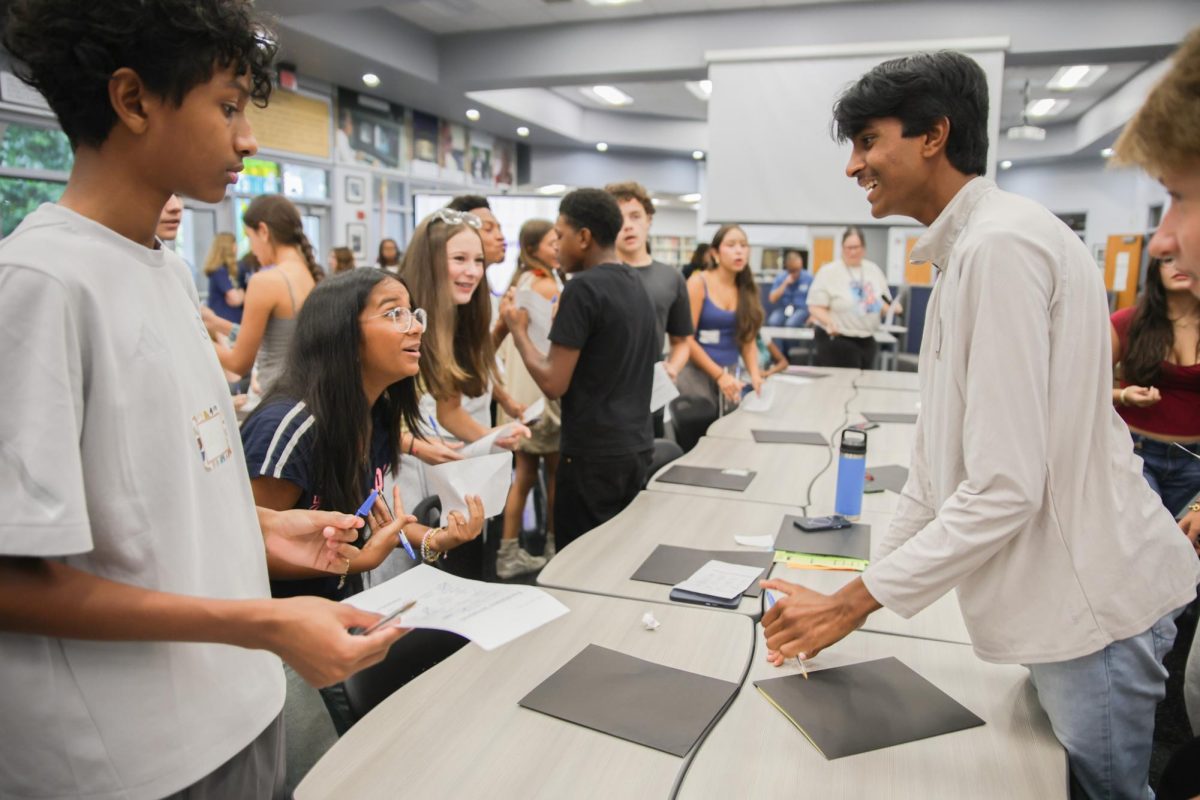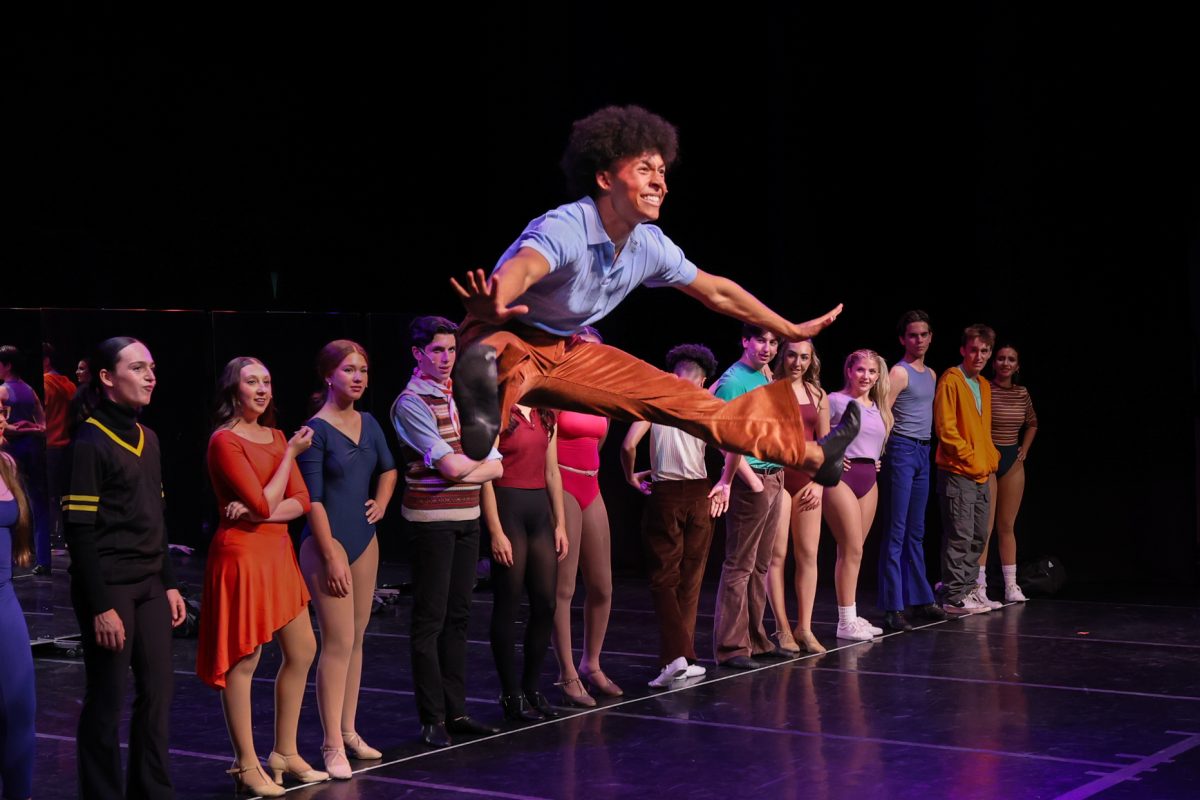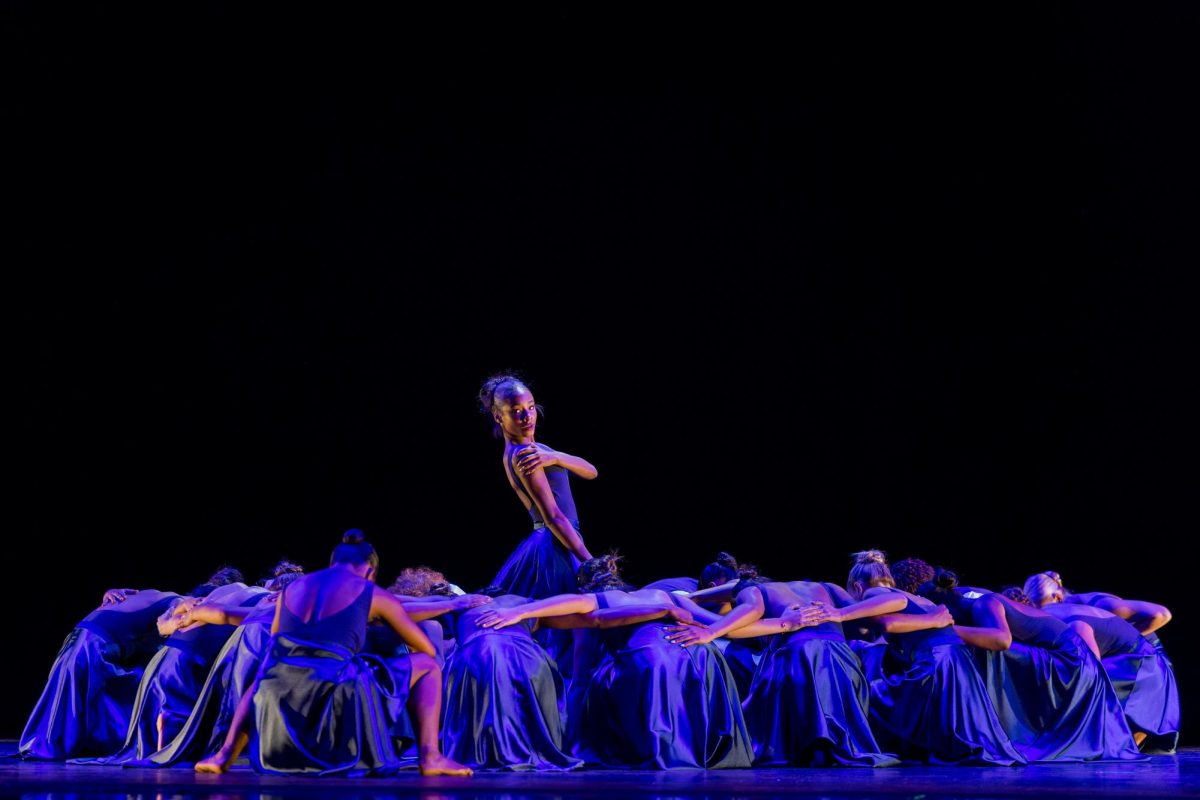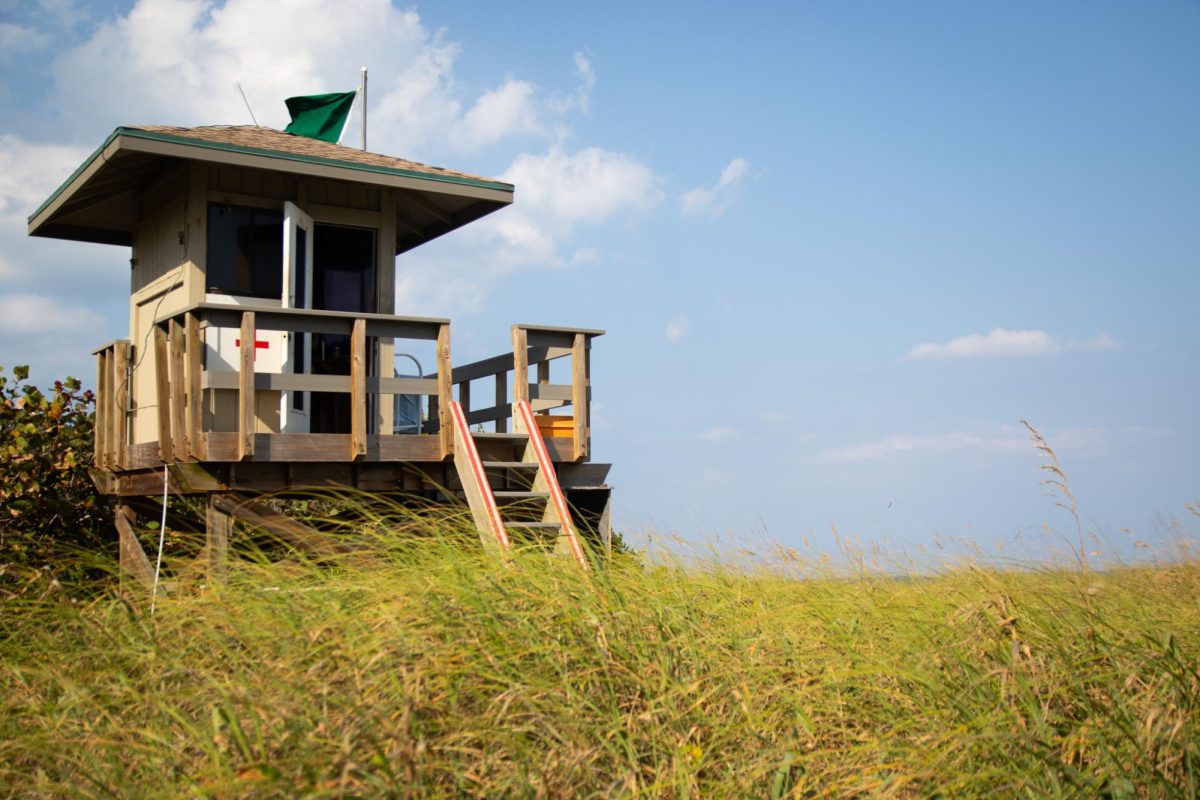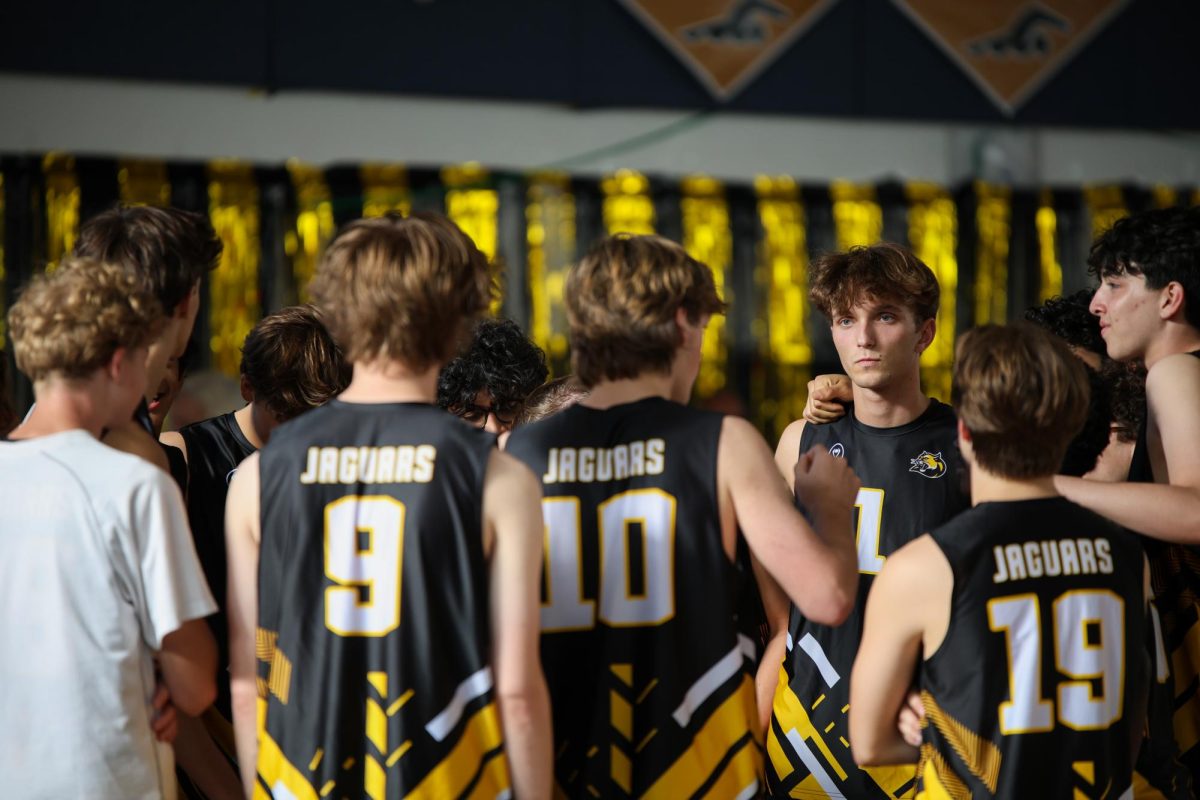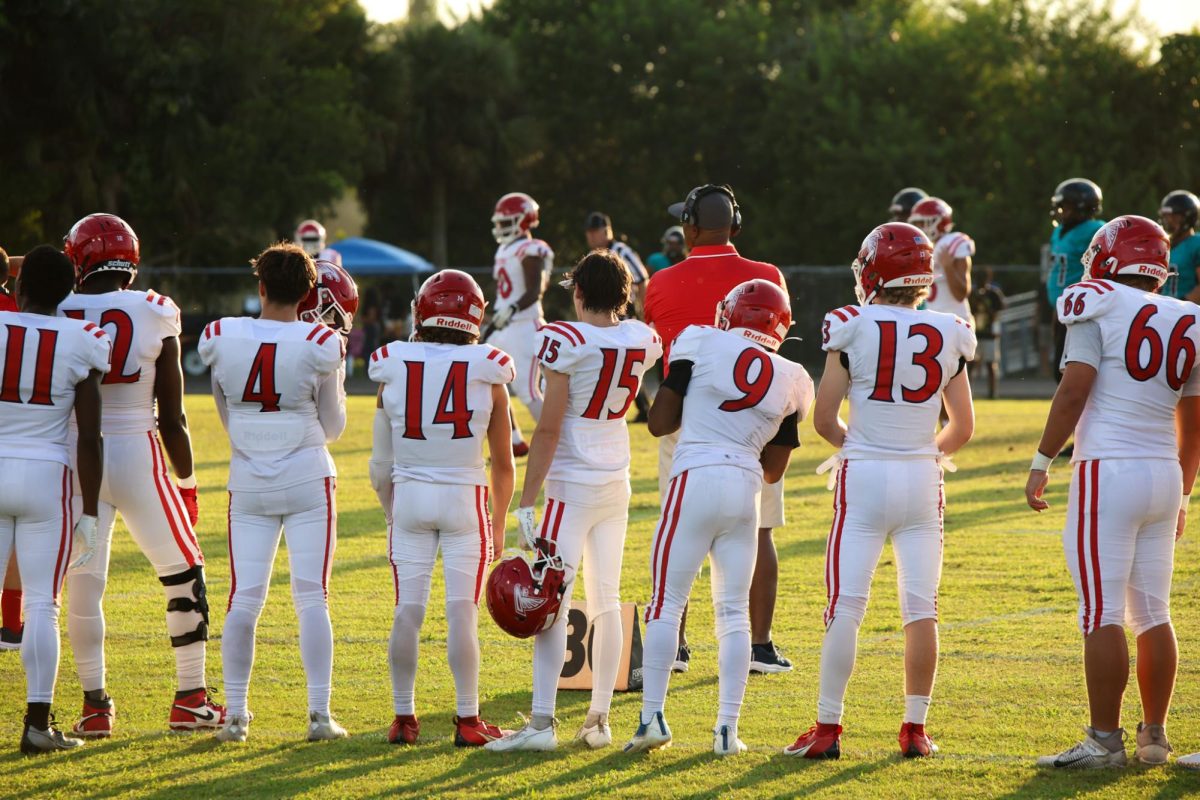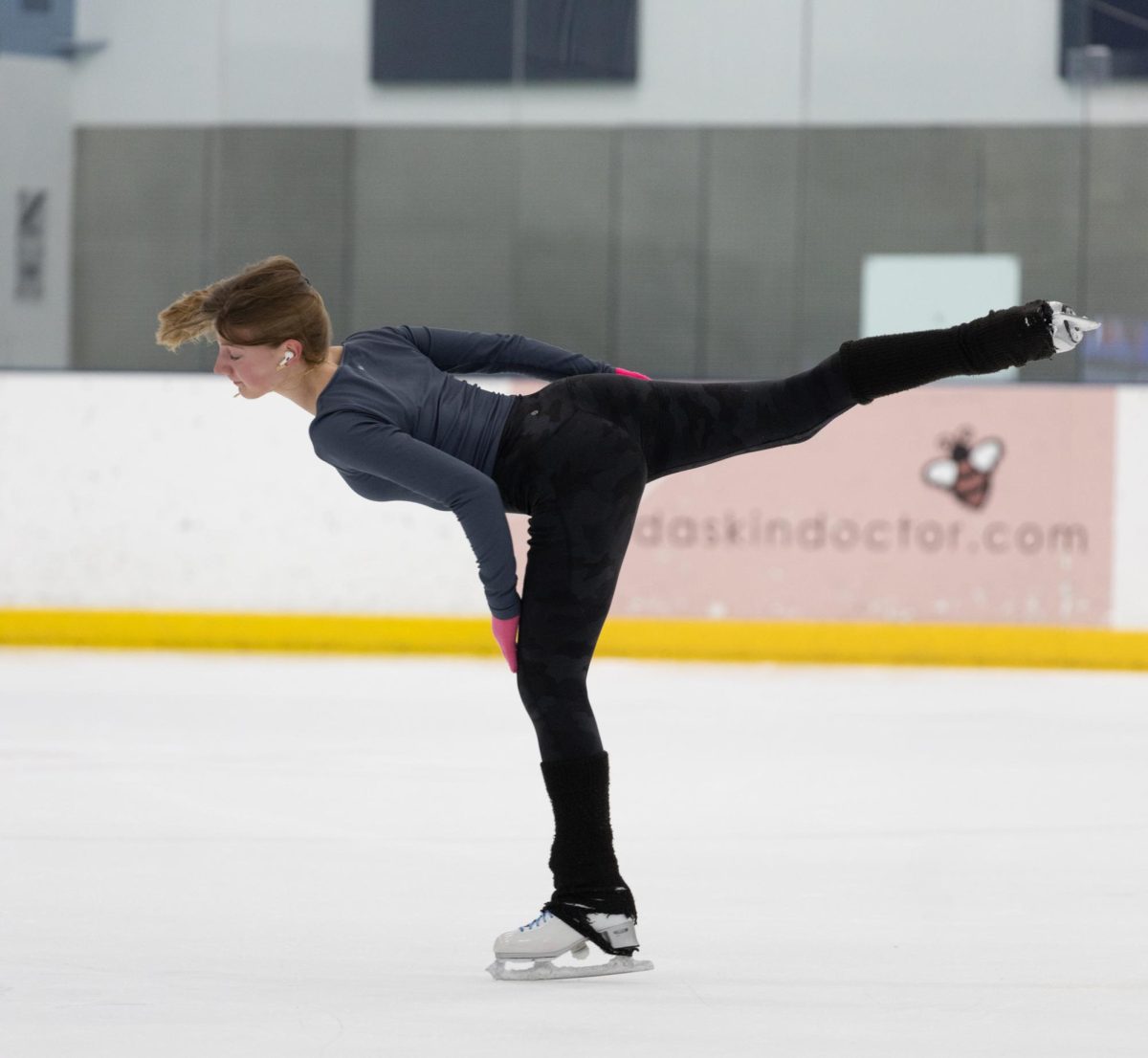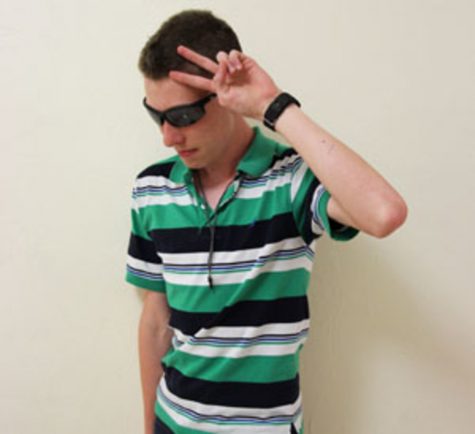After a two month hiatus filled with some resting and light training, track and field head coach and English teacher Catherine Duncan began holding try-outs for this year’s team. Practice started in late January and with it came changes to workouts and practices to which some of the team was unaccustomed. Ms. Duncan currently works runners with conditioning drills and sprints in the hopes that they will be in shape. However, not all runners on the team can train the same way successfully. That’s why a few runners – including pole vaulter and strings major Jenna Meyers-Sinett and myself – have decided to train independently from the team in order to prepare for the long ongoing season. These runners have their sights set on making it to regionals and beyond.
As expected, practice begins with a warm-up lap and static stretching. Everyone should partake in this as it loosens up muscles and prevents injury. However, as practice continues, all runners have to participate in “core workouts” which include a notorious relay where runners sprint across the soccer field and do either push-ups or sit-ups. Speaking from experience, I don’t believe this helps when it comes to distance running. Core workouts are most commonly used for conditioning a basketball or football team, and could also be helpful in training sprinters. Not all people on the team, however, are sprinters. The few who are distance runners could be doing a different workout to help them improve, such as a race-pace distance exercise or longer repetitive speed work.
Unlike core workouts, these drills do help distance runners prepare for races, but only when done properly. Many distance runners are new and have not built up a proper base of sufficient weekly miles. I learned the hard way that sprinting without working on the supporting distance base can lead to injury. In fact, as with the cross country season, many runners have suffered injuries this track season.
As practice first began, a couple of runners focused solely on building up the base mileage necessary to support speed work, while other members of the team worked on completely different workouts geared more toward sprinters. In a perfect world with unlimited resources, the team would be divided into 6 sections—boy’s and girl’s field events, sprinters and distance, each with different workout routines. But Dreyfoos does not have the depth or resources available at power house schools like Park Vista or even Suncoast. Other schools allow distance runners to leave the school grounds to run long miles in the fresh air but, given the security concerns here, our team does not have the same privileges. So credit should be given for doing the best we can, given the constraints.
While I respect Coach’s dedication to making our team as good as we can be, I feel that there are better drills for us to use as distance runners during practice. The amount of injuries our team has sustained is a cause for concern, and I hope that these misfortunes do not continue to hinder our team throughout the rest of the season. Meyers-Sinett, who made it to states in pole vaulting last year, continues to practice on her own with a personal trainer. She is a beacon of hope providing inspiration to all of us mere mortals and an example of what we can achieve through hard work and dedication.

